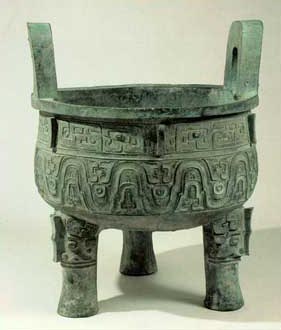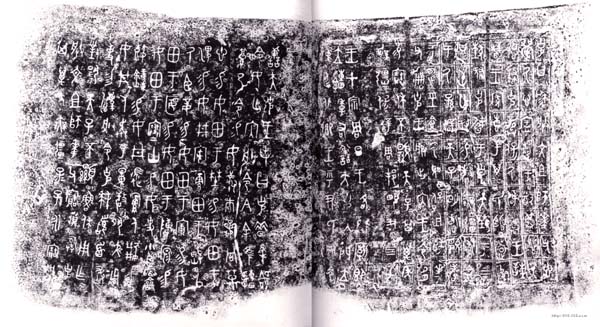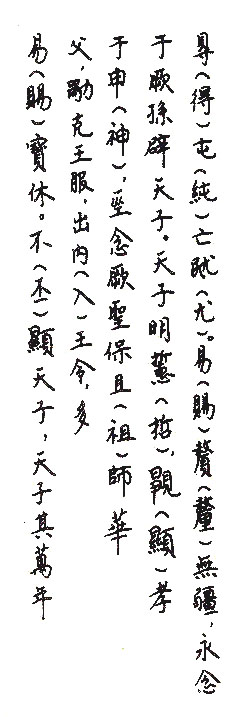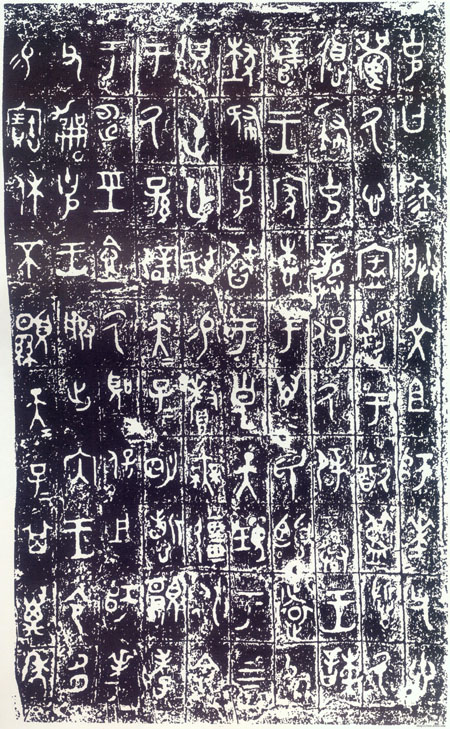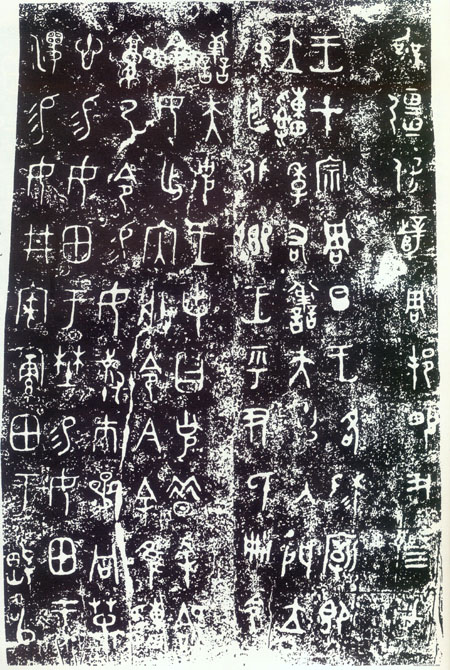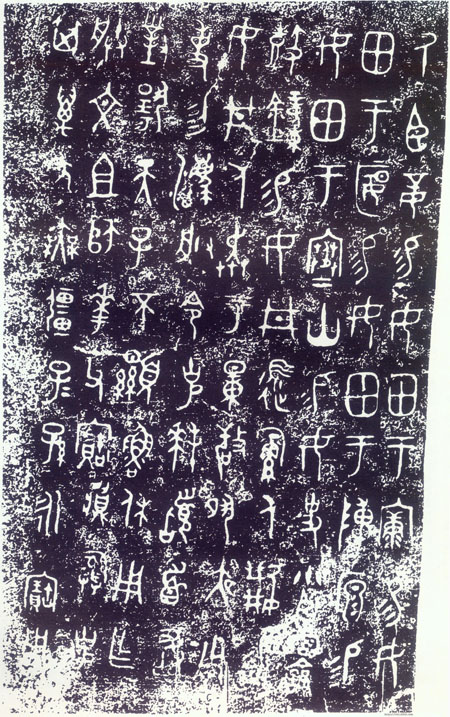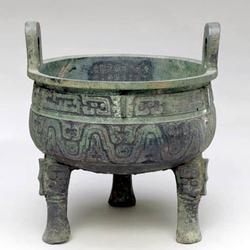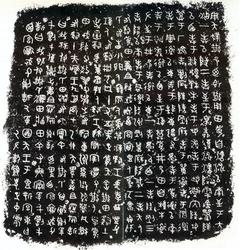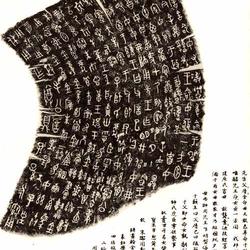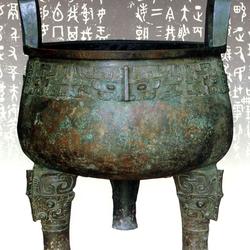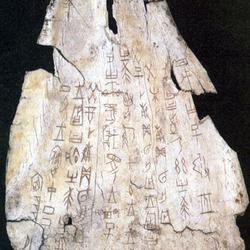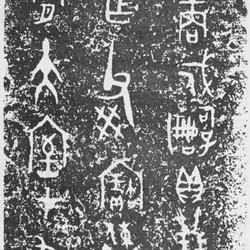The Dake Ding was an artifact from the period of King Xiao of the Western Zhou Dynasty. It was unearthed in Fufeng County, Shaanxi Province in 1890. Also unearthed were tripods, bells and other utensils, all of which belonged to a nobleman named Ke. This tripod is huge in shape, 93.1 centimeters high and 201.5 kilograms in weight. The mouth edge is decorated with animal mask patterns, and the abdomen is decorated with smooth wavy patterns. There are two hundred and ninety-nine inscriptions on the inner wall of the abdomen. The inscriptions are neat and round in style, which can be regarded as a model of bronze inscriptions in the middle and late Western Zhou Dynasty. It is eloquent, both in layout and writing, and in casting effect. It is very exquisite. The font size is uniform without losing flexibility, and it is round and simple without losing strength. It presents a stretch and elegant style.
The content of the inscription on the Great Keding of the Qing Dynasty mainly describes that Keyi was rewarded by the King of Zhou and a large amount of land and slaves based on his ancestor's merits. It is an important historical material for studying the economic system of the Western Zhou Dynasty.
